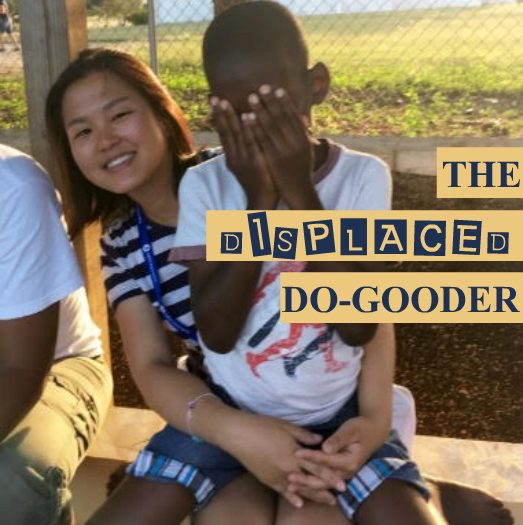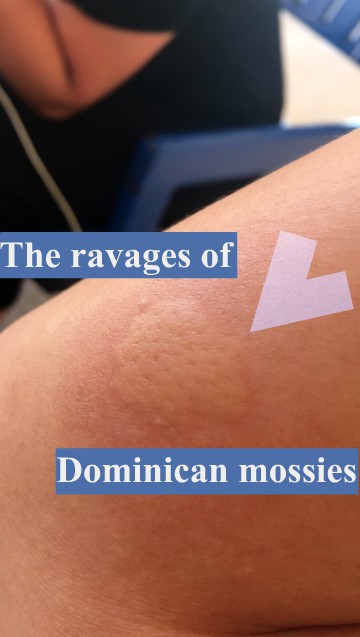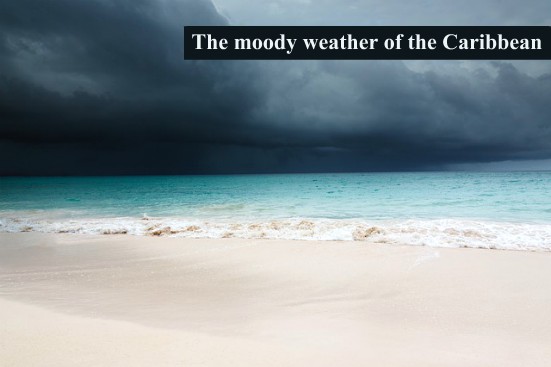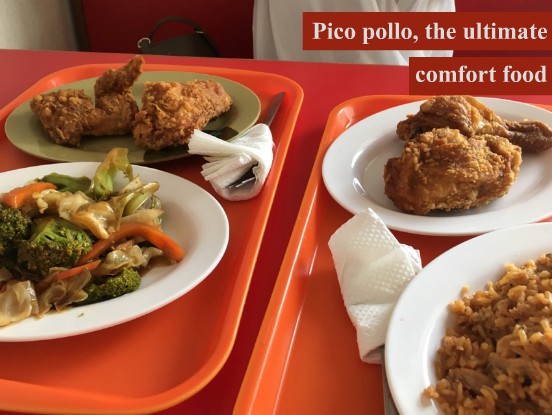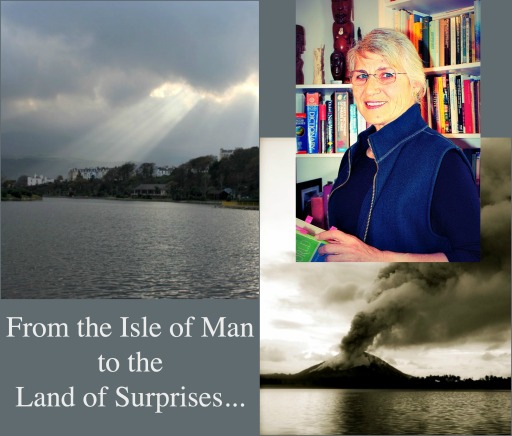 Greetings, Displaced Nationers who are also photography buffs! “A Picture Says…” columnist James King is still away, so I am filling in again. But the good news is, he approves of the columns I’ve produced thus far! I know I’ve enjoyed spending time with the previous two guests, fearless and feisty photography pro Steve Davey and fine-art photographer Dave Long.
Greetings, Displaced Nationers who are also photography buffs! “A Picture Says…” columnist James King is still away, so I am filling in again. But the good news is, he approves of the columns I’ve produced thus far! I know I’ve enjoyed spending time with the previous two guests, fearless and feisty photography pro Steve Davey and fine-art photographer Dave Long.
And today I’m excited to introduce Madeleine Lenagh, an American who, having lived in Holland for more than four decades, has made it her base for an impressive range of creative pursuits.

A photo of Madeleine Lenagh taken in New Zealand, among the magnificent Moeraki Boulders.
I first heard about Madeleine from Springtime Books, which published her memoir, Passage of the Stork, Delivering the Soul: One Woman’s Journey to Self-Realization and Acceptance, several months ago.
As those who perused our summer reading recommendations may know, Madeleine’s book was one of my picks. I was intrigued that she chose to tell her life story using poetic vignettes and commentary by archetypes from Nordic mythology and fairy tales.
From the title of the book alone, it’s possible to discern that that Madeleine is in touch with nature at an almost spiritual level. She looks to the stork to deliver her soul (in ancient Egypt, a drawing of the stork served as the hieroglyphic for “soul”). And if you read the book’s prologue, you’ll see that her view of nature includes mermaids—as evidenced by the prologue’s very first sentence:
Three mermaids play in the huge rolling waves, splashing and diving in the curling spray.
It comes as little surprise, then, to discover that besides being an author and blogger, mother and grandmother, and life coach and counselor, Madeleine is a shamanic practitioner. She has been influenced by Dutch shamanic teacher Daan van Kampenhout, whose method fosters connections with helping spirits and ancestors.
What I didn’t realize, though, is how much Madeleine loves to travel and take photographs. She even has her own photography site.
Now let’s see what other worlds Madeleine can conjure up for us with her photos!
* * *
Hi, Madeleine, and welcome to the Displaced Nation. I’ll start the same way as James, by asking: where were you born, and when did you spread your wings (an apt metaphor in your case, given your fondness for storks) to start traveling?
Hi, ML, thank you for inviting me to take part in this column. In answer to your first question: I grew up in Westport, Connecticut. When I was two years old, my stepfather was sent to Europe as a Naval attaché to the NATO. For three years, we lived in Paris, Bad-Homburg, and London. We returned to Westport when I was five. Although I have few memories of those early years, I believe my love of traveling was born then.
So you didn’t end up being raised as a Third Culture Kid?
No, I didn’t leave the United States again until I was 21, when I coaxed my family into giving me a trip to Europe for my 21st birthday. I traveled all around Western Europe and down into former Yugoslavia. At the end of the summer, I was in The Netherlands and my money was running out. I didn’t want to go home yet and found an au-pair job for six months.
Which countries have you visited thus far, and of those, which have you actually lived in?
My travels have taken me all through Europe, as well as to India (Rajasthan), Indonesia (Java and Bali), Costa Rica, and New Zealand (South Island). I believe that Canada and Alaska deserve a separate mention as they are beautiful and remote parts of the world. But, apart from those few years when I was a small child, I have only lived in the United States and The Netherlands.
It’s interesting to me that you chose to make The Netherlands your home for your adult life. What made you settle there in particular?
When I became an au pair in The Netherlands 45 years ago, I sold my return trip ticket to buy winter clothing. Somehow I never got around to leaving. It often amazes me that I, a lover of wild places in nature, could feel so comfortable in this relatively “tame” country. There were key moments in my life when I asked myself, so where am I going now? But there was always more reason to stay than to go. Passage of the Stork, Delivering the Soul describes, among other things, my struggle to put down roots and find a sense of permanency.
“She will always love the sea…” —from the Prologue to Passage of the Stork
Moving right along to the part we’ve all been waiting for: a chance to appreciate a few of your photos. Can you share with us three photos that capture some of your favorite memories of the so-called “displaced” life of global travel? And for each photo, can you briefly tell us the memory that the photo captures, and why it remains special to you?
Occasionally I arrive somewhere and think, I could live here. One of those places was South Island, New Zealand. I love the wild remote land, the warm friendliness of the people, and the ever-changing scenery. The photo I have chosen here is the perfect arch of a totally deserted beach in the Catlins, way down on the southern end of the island.

Untainted by the modern world, the Catlins are the kind of place where a mermaid might appear. Photo credit: Madeleine Lenagh
Wow, that’s the kind of place where it would be easy to imagine mermaids! I have only been to New Zealand’s Northern Island, but even there, I felt that it attracts people who want to get away from it all…
Along the same lines, another place I would be seriously tempted to live, if it weren’t so cold and dark in the winter, is Alaska. I love the pioneer spirit of the people who live there. My brother runs nature tours out of Paxson, which is located in one of the prettiest spots in the state. To the north of the Denali Highway, one sees the dramatic Alaska Range, with its snow-capped peaks and glaciers. An outstretched tundra lies to the south. However, the photo I have chosen, of a fishing boat near the shore, was taken down on Prince William Sound, during a day cruise in 2010. I like the muted colors, with only the bright splash of red on the boat to off-set the fog.
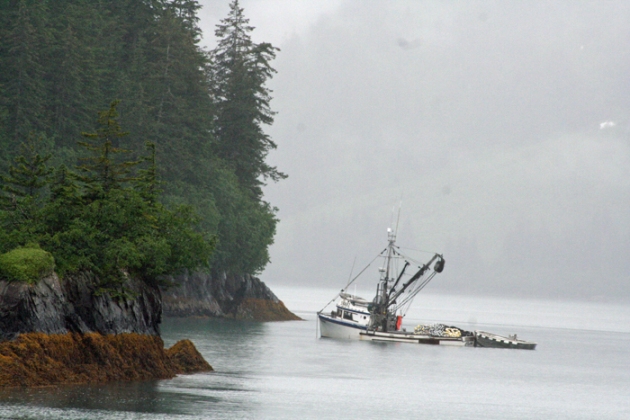
While cruising through the calm, protected—and mysterious—waters of Prince William Sound. Photo credit: Madeleine Lenagh
Ooh, I really like this photo. So moody and atmospheric… Though I’ve never been to Alaska, I picture it as having this kind of mystique. Where are you taking us next?
This summer I traveled back to the New England of my youth. I realized how much at home I feel there, in spite of having left 45 years ago. Those of you who have read my book know that I have a special relationship with storks. One of the things they reflect about me is their migratory nature, feeling at home in more than one place. I love this photo of a white stork, taken near my home in The Netherlands, doing its special bill-clacking dance as it returns to the nest.

Time for a spot of beak-clapping, says this Dutch stork. Photo credit: Madeleine Lenagh
Hm, until now I have always associated storks with the arrival of babies. But after hearing what you have to say, I may start thinking of them as the avian counterpart of the serial expat!
“I lie on my stomach, hearing gossamer wings rush by.” —from the Prologue to Passage of the Stork
Having seen your first three photos, I expect it’s a bit of a tough choice, but which are the top three locations you’ve most enjoyed taking photos in—and can you offer us an example of each?
I’m actually going to pick three new places for you. The first one is India. It is a riot of color and ornate decorations, a photographer’s paradise. The photo I have chosen illustrates this perfectly: a group of children posing for me in the “best room” of their desert compound near Jaisalmer.

Colorful life in India’s Thar desert. Photo credit: Madeleine Lenagh
I also have a special relationship with Norway (disclosed in my book) and I love photographing birds. Up in the Lofoten archipelago, I had the unique opportunity to photograph white-tailed sea-eagles. I’m very proud of this shot, catching the bird just as it had landed on a rock.

A white-tailed sea-eagle touches down on this untouched land within the Arctic Circle. Photo credit: Madeleine Lenagh
Finally, though I’ve taken you far afield, my last pick for favorite photography locations is my own garden! I love the simple beauty of the nature I find there. A perfect illustration is this photo of a spider web covered with droplets of fog.

Is it a spider web or the finest lace? Photo credit: Madeleine Lenagh
I love that you’ve taken us back to your own garden! It makes me think of a fellow New Englander of yours, Emily Dickinson, who took companionship as well as inspiration from her garden in Amherst.
“You can cage a bird, but you can’t make him sing.” (French-Jewish saying)
Going back to your photo of the children in India, I wonder: do you ever feel reserved taking photos of people, particularly when they are conscious of your doing so? How do you handle it?
I am very reserved about taking photos of people, especially in other cultures, and will only do so if they have given me permission. Usually, asking people if you can take their photograph is a wonderful way of making contact with them and often leads to spectacular portraits. The photograph of the children in India is a good example. I love how the two sitting girls (unmarried and therefore veiled) unveiled their faces for the photo.
When did you become interested in photography and what is it about this art form that drew you in?
I believe I have photography encoded in my DNA. My grandfather was taking brilliant photographs in the 1920s. My mother never went anywhere without her 1953 Leica. My Norwegian father (caution: book spoiler!) was a cinematographer. I started taking photographs (and working in a darkroom) when I was about 18 years old. I believe that I was originally drawn in by the fact that it required no real motor skills and I was dreadful at drawing! I’ve always had the urge to express my feelings in some creative fashion, whether it be writing, photography, painting, or dance. Currently, my greatest motivation to photograph is to share the beauty of the natural world with others; to draw them into the same sense of awe and majesty that I feel when I’m in touch with nature.
“Listen to all, plucking a feather from every passing goose, but, follow no one absolutely.” (Chinese saying)
And now switching over to the technical side of things: what kind of camera, lenses, and post-processing software do you use?
Most of these photos were taken with earlier cameras but, at the moment, I use a Canon EOS 6D, a full-frame camera. My favorite lens is a 70-200mm f 2.8 lens. I have been using a 2x extender to get up to 400mm, but recently decided that it slows down the focus too much so I will be looking for a good telephoto lens soon. I find that, as my experience grows, I grow more and more fussy about my equipment! I photograph in RAW format and process the images in Adobe Lightroom.
Finally, can you offer a few words of advice for wannabe photographers who are traveling the world or living abroad?
I suppose the most important advice is just to go out and photograph the things you love. Good photography takes practice and more practice. Study the manual of your camera and don’t be afraid to experiment with settings. Study paintings and sculpture by the artists you admire, to develop a sense for light and composition. As I develop as a photographer I find myself growing more and more critical of my work. It’s not just about showing the things I’ve seen or taking good photos. It’s about taking great photos that show a unique moment.
And I think the most important advice to any aspiring photographer was voiced by Pablo Picasso:
“Learn the rules like a pro, so you can break them like an artist.”
Thank you, Madeleine! I appreciate your sharing a selection of photos that illustrate your deep connection with nature. I’m impressed that you can find so much beauty and wonder on your own doorstep as well as on your travels to the world’s most unpopulated and unspoiled places.
* * *
Readers, what do you make of Madeleine’s travel-photo experiences and her photography advice? Please leave any questions or feedback for her in the comments!
If you want to get to know Madeleine and her creative works better, I suggest you visit her author site and her photography site. You can also follow her on Facebook (she posts her latest photos) and Twitter. But to really get to know Madeleine, I recommend getting her book, Passage of the Stork, Delivering the Soul. You’ll never look at storks, or mermaids, in the same way again!
NOTE: If you are a travel-photographer and would like to be interviewed for this series, please send your information to ml@thedisplacednation.com.
STAY TUNED for next week’s fab posts!
If you enjoyed this post, we invite you to register for The Displaced Dispatch, a round up of weekly posts from The Displaced Nation and SO much more! Register for The Displaced Dispatch by clicking here!
Related posts:
